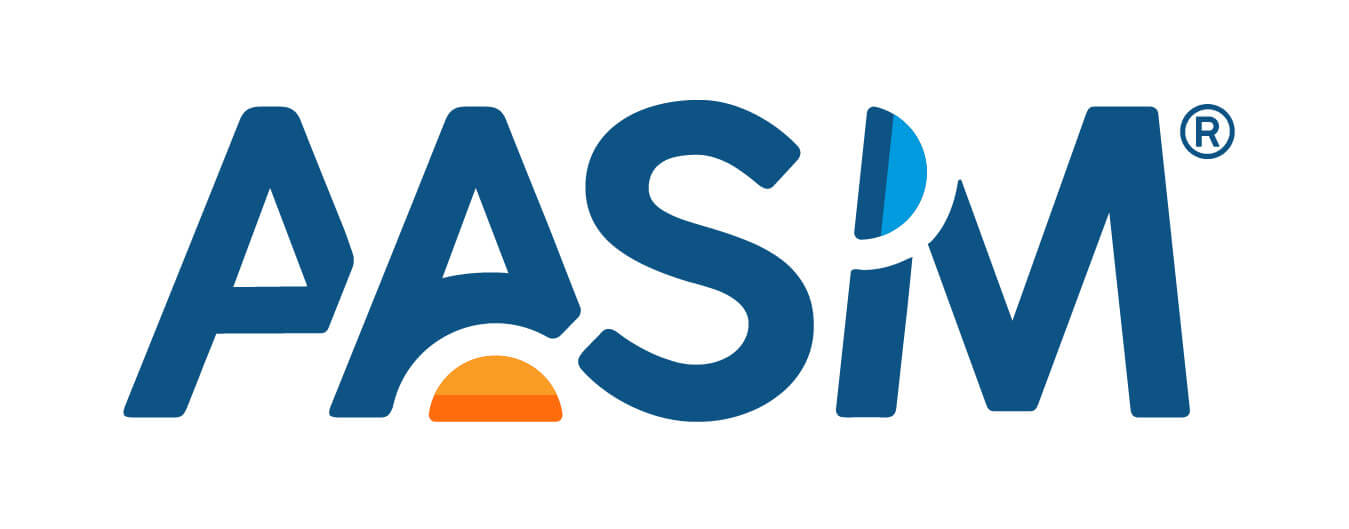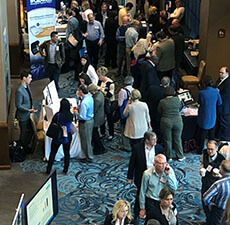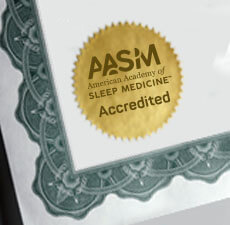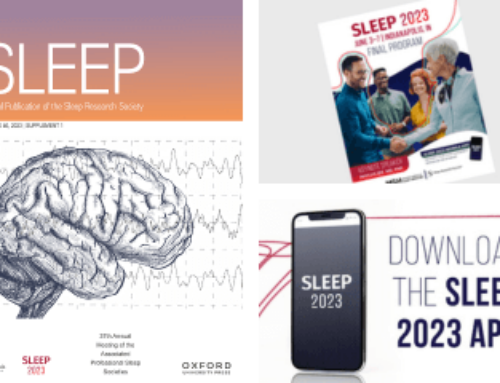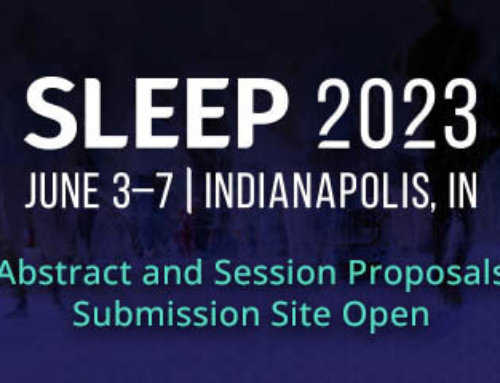WESTCHESTER, Ill.— Persons with narcolepsy with cataplexy have low levels of cerebrospinal fluid (CSF) hypocretin-1, a protein thought to help regulate sleep and wakefulness, according to a study published in the August 1 issue of the journal SLEEP.
The study, authored by Mona Skard Heier, MD, PhD, of Ullevål University Hospital in Oslo, Norway, focused on 64 previously diagnosed patients: 47 with narcolepsy with cataplexy, seven with narcolepsy without cataplexy and 10 with idiopathic central nervous system (CNS) hypersomnia, a condition characterized by recurrent daytime sleepiness without the abrupt sleep attacks classically seen in narcolepsy. The patients answered a questionnaire that asked about sleep habits, daytime sleepiness, accessory symptoms, duration and treatment.
Low hypocretin-1 values were found in 72 percent of those patients with narcolepsy and cataplexy. Patients with low CSF hypocretin-1 levels reported more extensive muscular involvement during cataplectic attacks than patients with normal levels.
Patients with narcolepsy without cataplexy and idiopathic CNS hypersomnia all had normal hypocretin-1 levels. No significant clinical or biochemical differences were found between these patient groups.
“Although hypnagogic hallucinations and sleep paralysis were most frequently reported by patients with narcolepsy with cataplexy than in the other patient groups, there was no correlation to low hypocretin-1 values,” said Heier. “Hypnagogic hallucinations and sleep paralysis are usually thought to be isolated components of REM sleep in the waking state. Similarly, cataplexy has been considered as an isolated manifestation of REM sleep atonia, triggered by emotional stimuli.”
Narcolepsy is a sleep disorder that causes people to fall asleep uncontrollably during the day. It also includes features of dreaming that occur while awake. Other common symptoms include sleep paralysis, hallucinations and cataplexy.
About one out of every 2,000 people is known to have narcolepsy. The chance that you have narcolepsy is higher when a relative also has it. It is very rare for more than two people in the same family to have this sleep disorder. It affects the same number of men and women.
Those who suspect they might be suffering from narcolepsy, or another sleep disorder, are urged to consult with their primary care doctor or a sleep specialist.
SLEEP is the official journal of the Associated Professional Sleep Societies, LLC, a joint venture of the American Academy of Sleep Medicine (AASM) and the Sleep Research Society.
SleepEducation.com, a Web site maintained by the AASM, provides information about the various sleep disorders that exist, the forms of treatment available, recent news on the topic of sleep, sleep studies that have been conducted and a listing of sleep facilities.
For a copy of this article, entitled, “CSF Hypocretin-1 Levels and Clinical Profiles in Narcolepsy and Idiopathic CNS Hypersomnia in Norway”, or to arrange an interview with an AASM spokesperson regarding this study, please contact Jim Arcuri, public relations coordinator, at (708) 492-0930, ext. 9317, or jarcuri@aasm.org.
# # #
